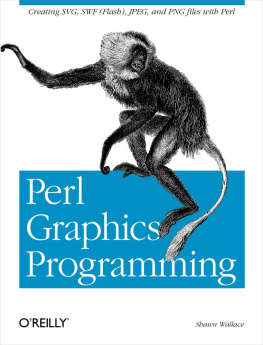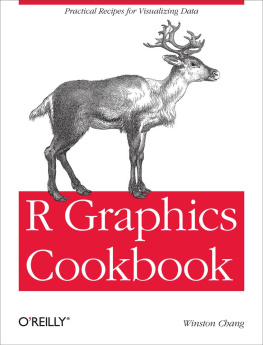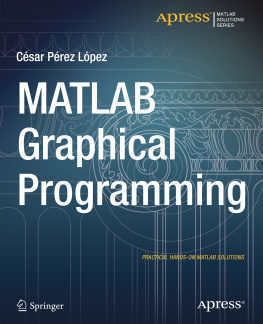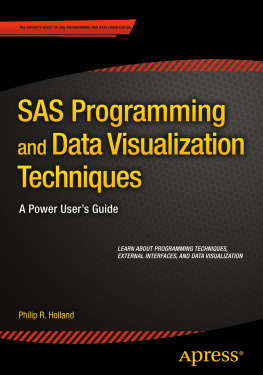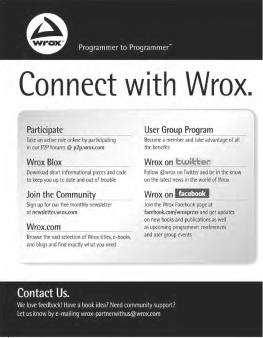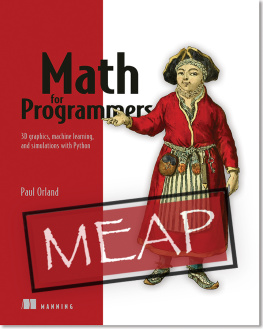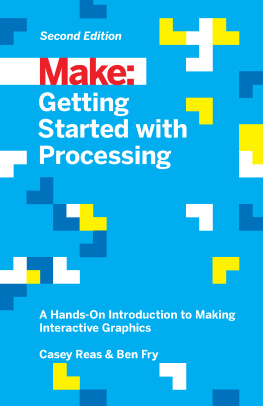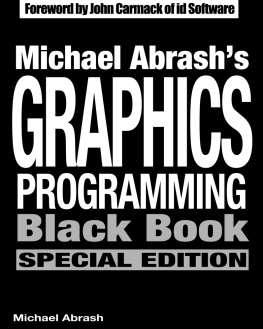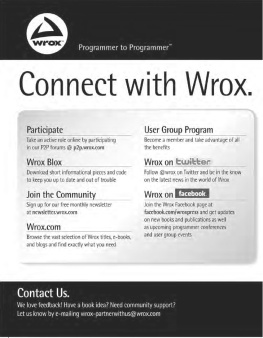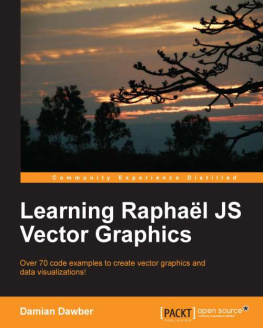Shawn Wallace - Perl Graphics Programming: Creating SVG, SWF
Here you can read online Shawn Wallace - Perl Graphics Programming: Creating SVG, SWF full text of the book (entire story) in english for free. Download pdf and epub, get meaning, cover and reviews about this ebook. year: 2002, publisher: OReilly Media, genre: Computer. Description of the work, (preface) as well as reviews are available. Best literature library LitArk.com created for fans of good reading and offers a wide selection of genres:
Romance novel
Science fiction
Adventure
Detective
Science
History
Home and family
Prose
Art
Politics
Computer
Non-fiction
Religion
Business
Children
Humor
Choose a favorite category and find really read worthwhile books. Enjoy immersion in the world of imagination, feel the emotions of the characters or learn something new for yourself, make an fascinating discovery.
- Book:Perl Graphics Programming: Creating SVG, SWF
- Author:
- Publisher:OReilly Media
- Genre:
- Year:2002
- Rating:5 / 5
- Favourites:Add to favourites
- Your mark:
Perl Graphics Programming: Creating SVG, SWF: summary, description and annotation
We offer to read an annotation, description, summary or preface (depends on what the author of the book "Perl Graphics Programming: Creating SVG, SWF" wrote himself). If you haven't found the necessary information about the book — write in the comments, we will try to find it.
Graphics programmers arent the only ones who need to be proficient with graphics. Web and applications programmers know that a dull web page can be quickly transformed into one thats interesting and lively with the use of well-planned graphics. And fortunately, you dont need the skills of a fulltime graphics programmer to use graphics effectively. From access counters and log report graphs to scientific plots and on-the-fly animated GIFs, graphics scripting is within the grasp of most web programmers. Using open source software, like Perl, you have the power to dynamically generate graphics based on user input and activity, easily manipulate graphics content, and optimize graphics for compression and quality.
Geared toward Perl users and webmasters, Perl Graphics Programming focuses on open-source scripting programs that manipulate graphics files for use on the Web. The book demystifies the manipulation of graphics formats for newcomers to the Web with a practical, resource-like approach. With this book youll learn to:
- Generate dynamic web graphics with charts, tables, and buttons
- Automate graphics tasks (thumbnails and borders)
- Create dynamics web documents (PDF, Postscript)
- Produce rich Internet experiences with Flash and SVG
Perl programmers naturally turn to Perl to tackle whatever challenge they have at hand, and graphics programming is no exception. Perl Graphics Programming provides all the tools you need to begin programming and designing graphics for the Web immediately. This book will change how you think about generating and manipulating graphics for the Web.
Shawn Wallace: author's other books
Who wrote Perl Graphics Programming: Creating SVG, SWF? Find out the surname, the name of the author of the book and a list of all author's works by series.

